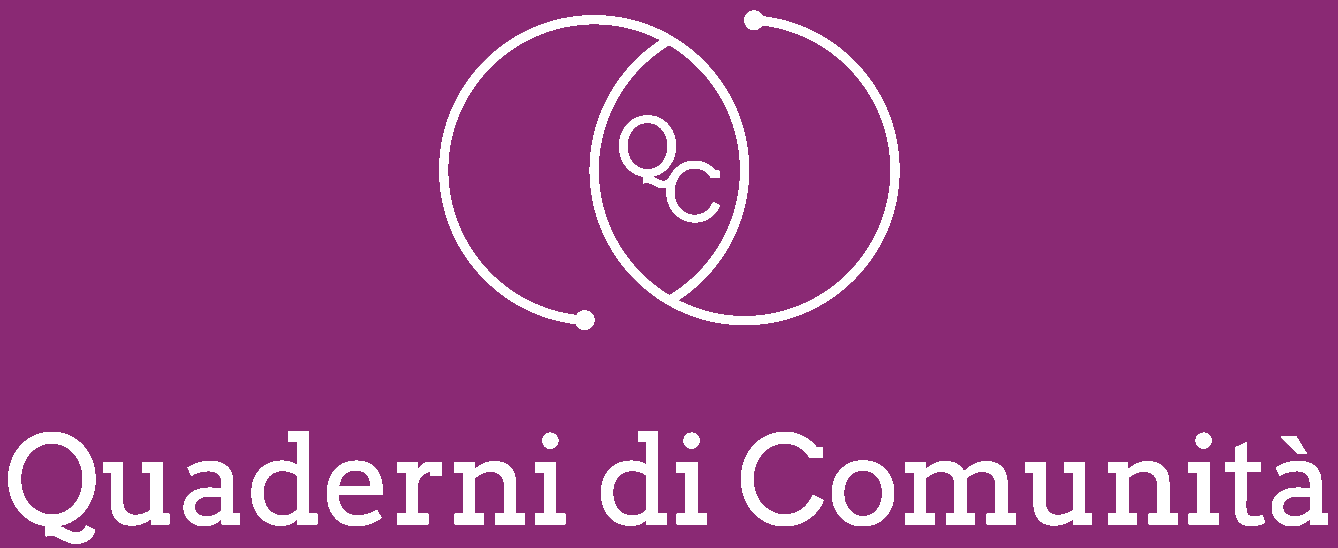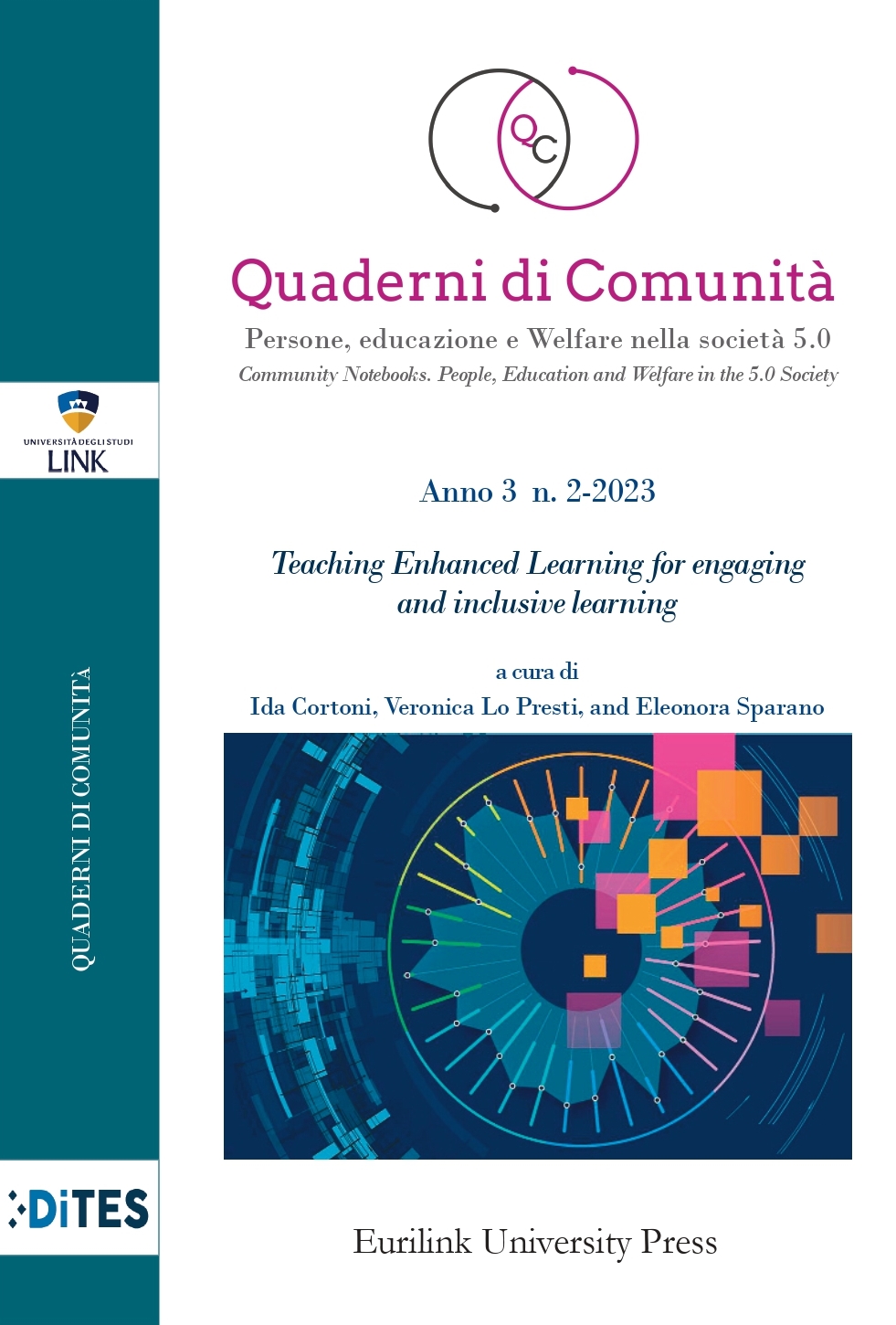Self-Directed Learning Competences Assessment of Students after Covid-19 Pandemic
DOI:
https://doi.org/10.61007/QdC.2023.2.135Keywords:
Pandemic, DaD, competences, learning experienceAbstract
The use of digital technologies can help learners to undertake self-directed learning paths, as it allows students to study school subjects according to their interests. Given the forced use of these tools due to the Covid-19 pandemic, this study aims to understand which competences were developed by high-school (14-19 years old) students in Rome during this period. For this purpose, for the research project of the Sapienza University of Rome on “The Social Impact Assessment of DaD after Covid-19” (a project still in progress) it was constructed a rubric for the self- assessment of self-directed learning competences that has been proposed within focus groups. The rubric therefore has been used as a stimulus to help students reflect on the way their formal and informal learning experiences have changed because of the pandemic.
References
Biesta, G.J.J., Lawy, R.S. & Kelly, N. (2009), «Understanding young people’s citizenship learning in everyday life: The role of contexts, relationships and dispositions», in Education, Citizenship and Social Justice, 4(1), 5-24.
Cortoni, I. & Lo Presti, V. (2018), Digital Literacy e Capitale Sociale. Una metodologia specifica per la valutazione delle competenze. Milano, Franco Angeli.
Dewey, J. (1916), Democrazia e educazione, Firenze, La Nuova Italia (trad. 1992).
Figueiredo, A. (2005), «Learning Contexts: A Blueprint for Research», in Interactive Educational Multimedia, 11, 127-139.
Greenhow, C., Robelia, B. & Hughes, J.E. (2009), Learning, Teaching, and Scholarship in a Digital Age: Web 2.0 and Classroom Research: What Path Should We Take Now? Educational Researcher, 38(4), pp. 246-259.
Lo Presti, V. (2020), L’uso dei Positive thinking nella ricerca valutativa, Franco Angeli, Milano.
Lubben, F., Campbell, B., & Dlamini, B. (1996), «Contextualising science teaching in Swaziland: Some student reactions», in International Journal of Science Education, 18(3), pp. 311–320.
Mokhtarian, P., & Salomon, I. & Handy, S. (2004), A Taxonomy of Leisure Activities: The Role of ICT, Institute of Transportation Studies, UC Davis, Working Paper Series.
Patterson, C., Crooks, D. & Lunyk-Child, O. (2002), «A New Perspective on Competencies for Self-Directed Learning», in The Journal of nursing education, 41, 25-31.
Song, L. & Hill, J. (2007), «A Conceptual Model for Understanding Self-Directed Learning in Online Environments» in Journal of Interactive Online Learning, 6.
Stebbins, R.A. (2008), Leisure abandonment: Quitting free-time activity that we love. LSA Newsletter 81. Leisure Reflections, 19, 14- 19.
Stebbins, R.A. (2020), Self-Directed Learning and Leisure in Social Isolation. Leisure Studies Association. Leisure Reflections, 55.
Stockdale, S.L., & Brockett, R.G. (2006), The continuing development of the PRO‐SDLS: An instrument to measure self‐direction in learning based on the personal responsibility orientation model, Paper presented at the 20th International Self‐Directed Learning Symposium, Cocoa Beach, FL.
Süleyman, M. & Coşkun, B. (2016), «Developing the Leisure Education Scale», in World Leisure Journal.
Thornton, K. (2010), «Supporting Self-Directed Learning: A Framework for Teachers», Language Education in Asia, 1, 158-170.
Trinchero, R. (2014), Valutare l’apprendimento nell’e-learning, Edizioni Centro Studi Erickson.
Downloads
Published
How to Cite
Issue
Section
License
Copyright (c) 2023 Quaderni di comunità

This work is licensed under a Creative Commons Attribution-NonCommercial-NoDerivatives 4.0 International License.







